
The Hollywood Walk of Fame
50 million tourists visited Los Angeles in 2019 and at least 90% of them have this picture on their phone. The Hollywood Walk of Fame is the most famous sidewalk in the world, but very little is told about its characteristic flooring style.
You have seen the pattern of these floor tiles everywhere. It comes in stone, resin, marble, plastic, metal, paper or even fabric. You may also know its official name: “Terrazzo”, an Italian word that translates as ‘terrace’ or ‘place of encounter’. To know more about it, we have to go back in time and wander around the Venetian houses of five centuries ago.
“Terrazzo” is a flooring technique and style, originating from the 16th century’s Venice and Veneto (Italy) that became popular in the early Nineties worldwide. It is a composite material, traditionally poured on-site, consisting in stone shards (marble, quartz, granite, glass, or other material) with a cementitious binder and/or polymeric sand. Metal strips can be used to divide sections of a pattern.
From 1800 up to now, the technique is still the same, but it has included new materials through time, like glass, murrine, metals or other precious items. The implementation gestures and processing time of master terrazzieri, though, have remained unchanged.
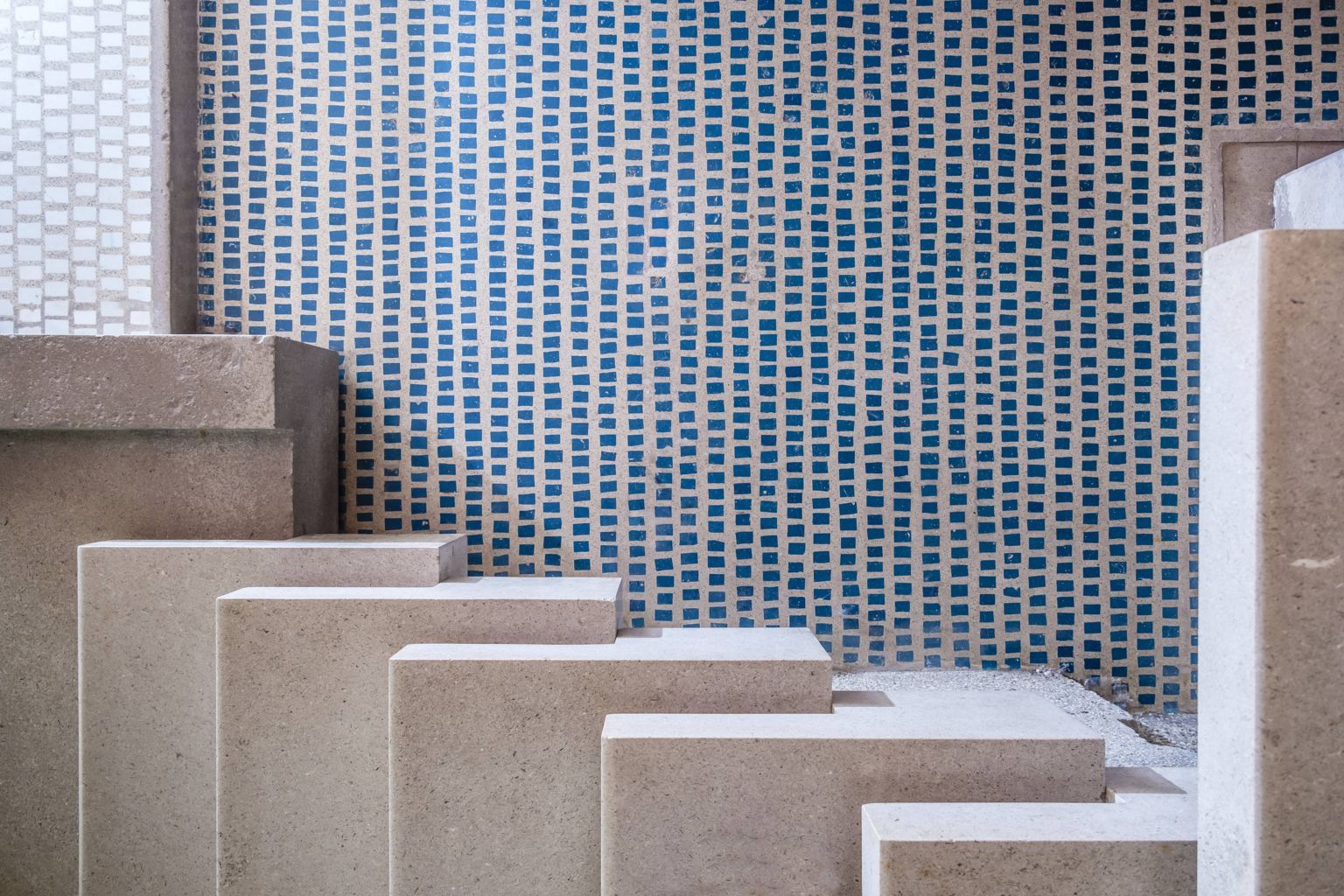
It became widely used as it is adaptable to irregular floors and flexible, yet very stable; eventual cracks can be easily filled by pouring the fresh mixture into them. It reflects the spirit of continuous adjustment and has been essential for the urban evolution and development of the city of Venice. It also creates a sense of harmony with the exterior of the apartment, as it is not perfectly straight, it emulates the lagoon’s water waves in the canals.
From the invention of divider strips in 1924 Terrazzo became popular worldwide, as before then this technique was often fragile and due to cracking on large areas. Art Deco and the mechanization of the production process proceeded to make its popularity rise until the making of the world-famous Hollywood Walk of Fame (1956).
Since then, Terrazzo remained the preferred technique of various designers. Plastic and vinyl floorings inspired by the Venetian pattern were put in subways, public spaces, shops and private buildings. Since many cheaper Terrazzo-inspired options were made available, the pattern lost its original elite status and became part of the mainstream popular design.
In 1988, Ettore Sottsass, the founder of the Memphis design group, started a magazine named Terrazzo, and the pattern and technique rose again up in high-end design, as a source of inspiration for avant-garde and contemporary interior, spatial and product design. Many items were then put on the market by world-renowned designers, gaining Terrazzo its authority back as a universal visual language that can fascinate society as a whole.
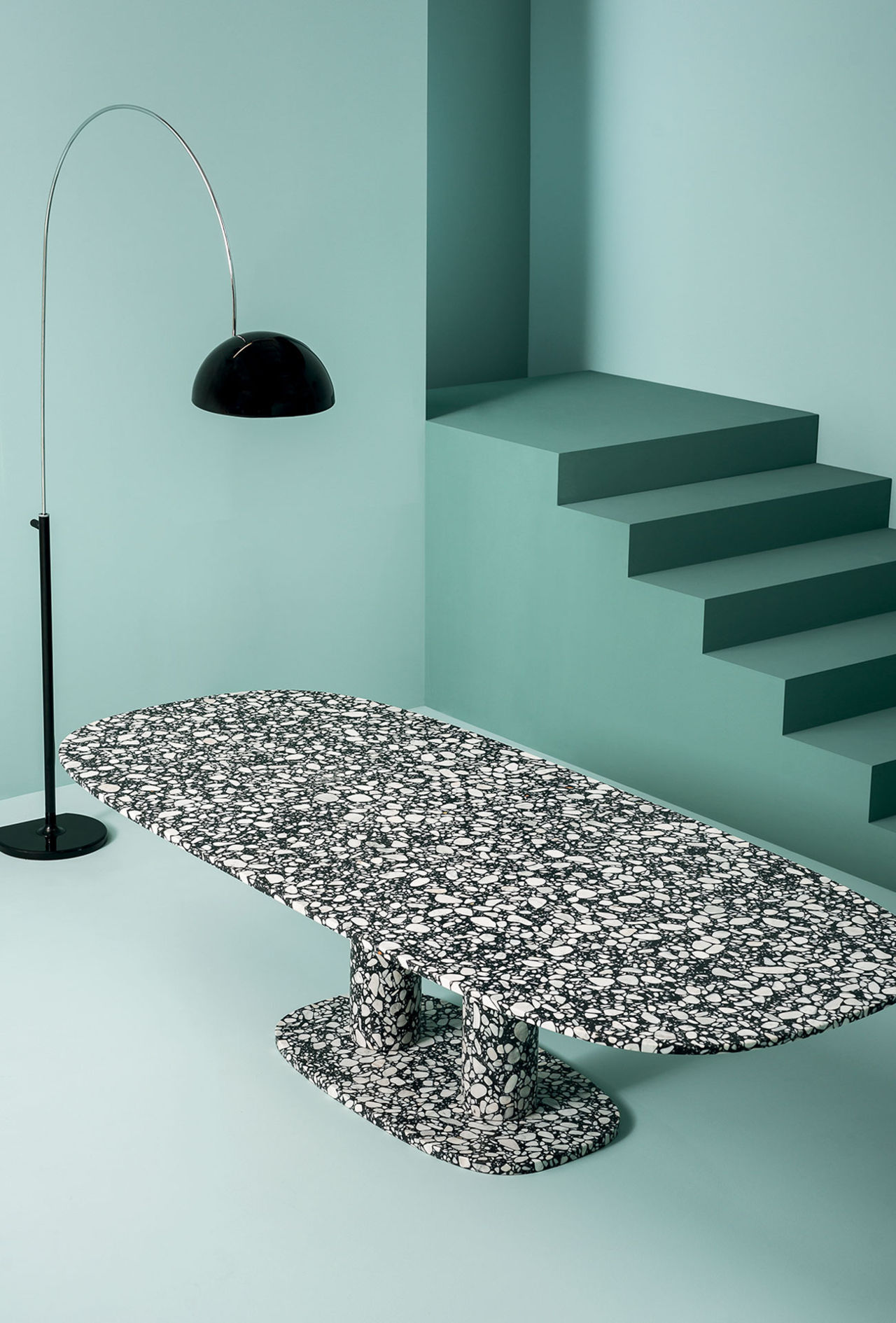
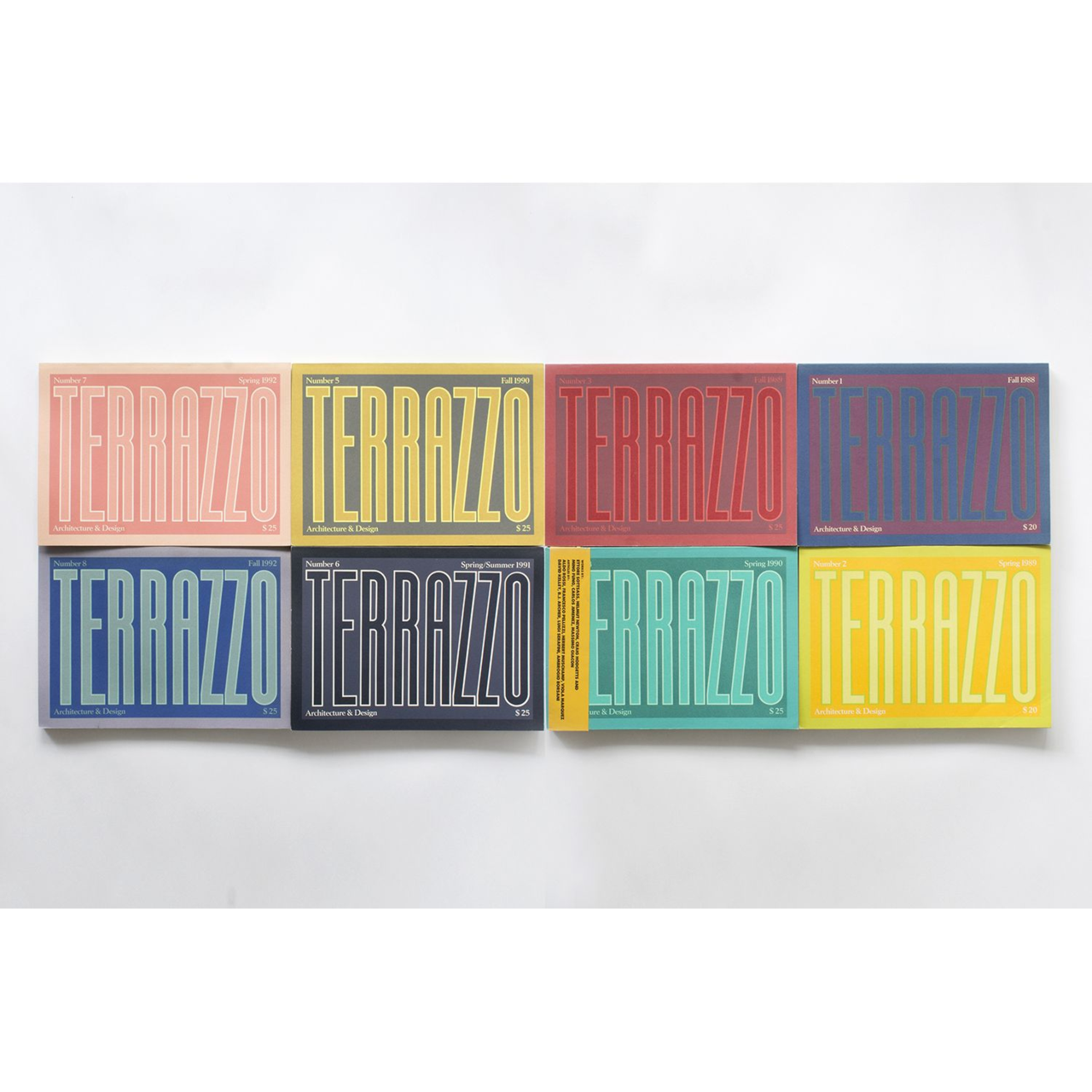
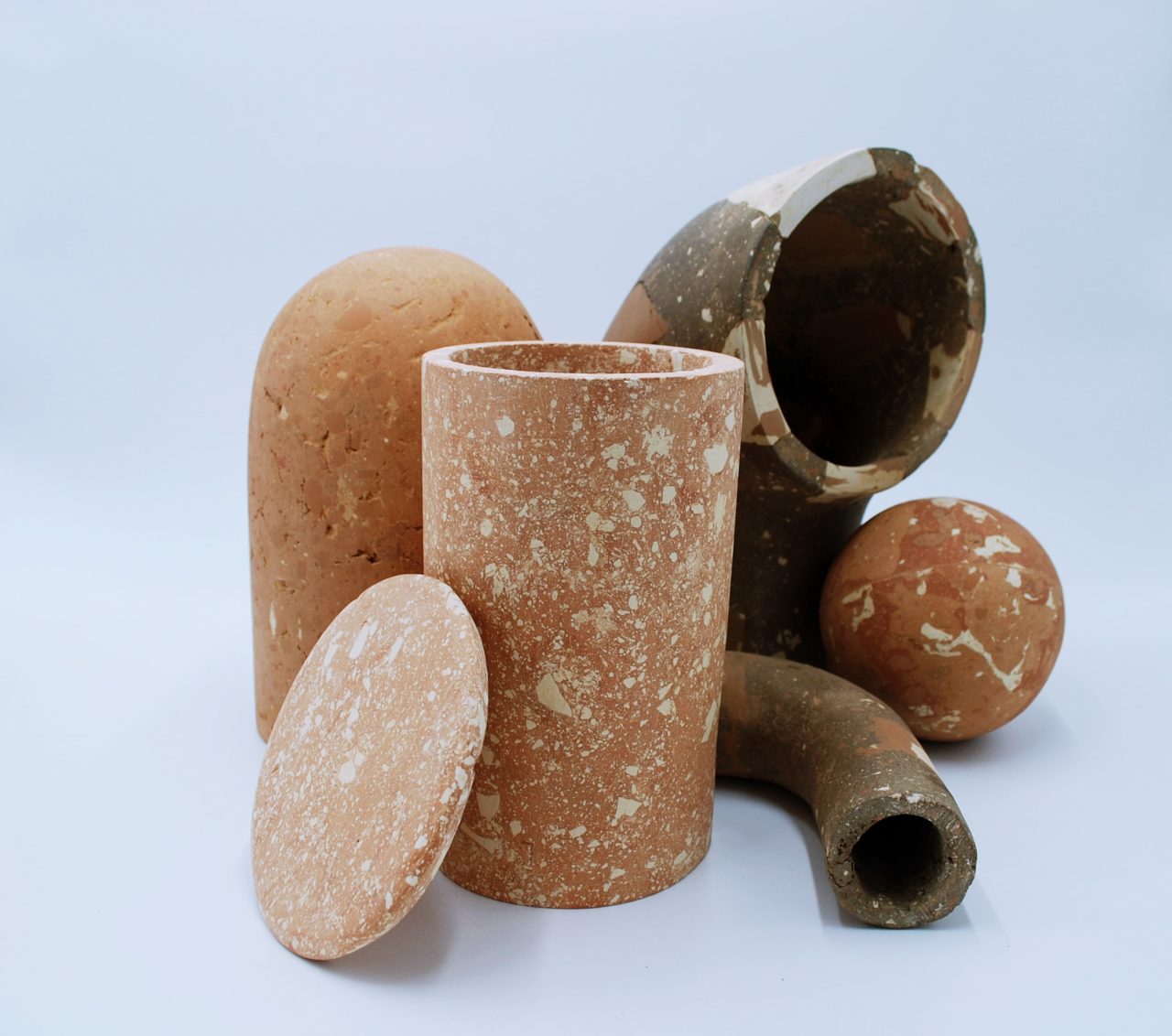
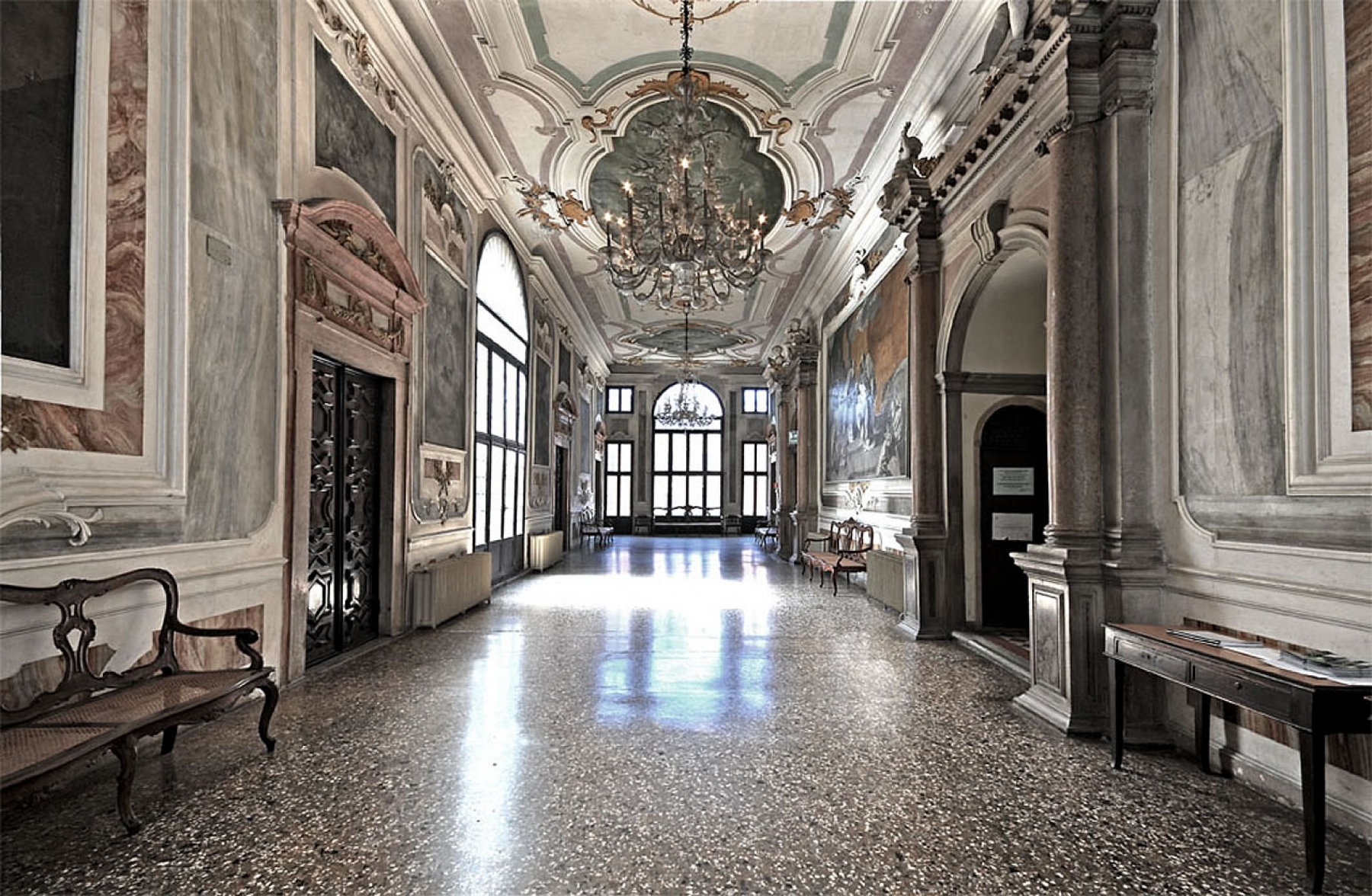
Very recent examples of high-end use of Terrazzo include the Valentino store in Old Bond Street in London by David Chipperfield Architects (winners of the RIBA London Award 2017) or Max Lamb’s “Marmoreal” project (2014). Terrazzo is also employed in private middle-class houses or offices, and creative efforts by Flowcrete Poland, MOSAÏQUE SURFACE (Quebec) and Do Architects (Lithuania) are worthy of mention. Other very successful designers such as Paola Navone, Theo Williams, Raghad Saqfalhait and Mariam Dahabreh, Besler & Sons, Natascha Madeiski and Gaetano Di Gregorio used this technique to create unique objects, like pieces of forniture or small pottery.
Zanellato/Bortotto’s Opus Certum (2020) is our favourite and most recent Terrazzo-inspired project. Unlike many other designers that drew inspiration from this aesthetic, they have been able to reproduce Terrazzo’s irregularity and unpredictability. Whereas other designers played with the scale of the pattern or designed shapes through the juxtaposition of different colours, Zanellato/Bortotto investigated on the core identity of Terrazzo, reimagining it. Divider strips become the essential element of their patterns since they replace the cement binder and are used to create simplified shard shapes on the background surface (a plain monochromatic sheet of marble). The title refers to “Opus Incertum”, a name for the Palladiana terrazzo style, that was conceived by Venetian Architect Andrea Palladio and differentiates from the original as it employs larger pieces of stones (and usually just marble for interiors).
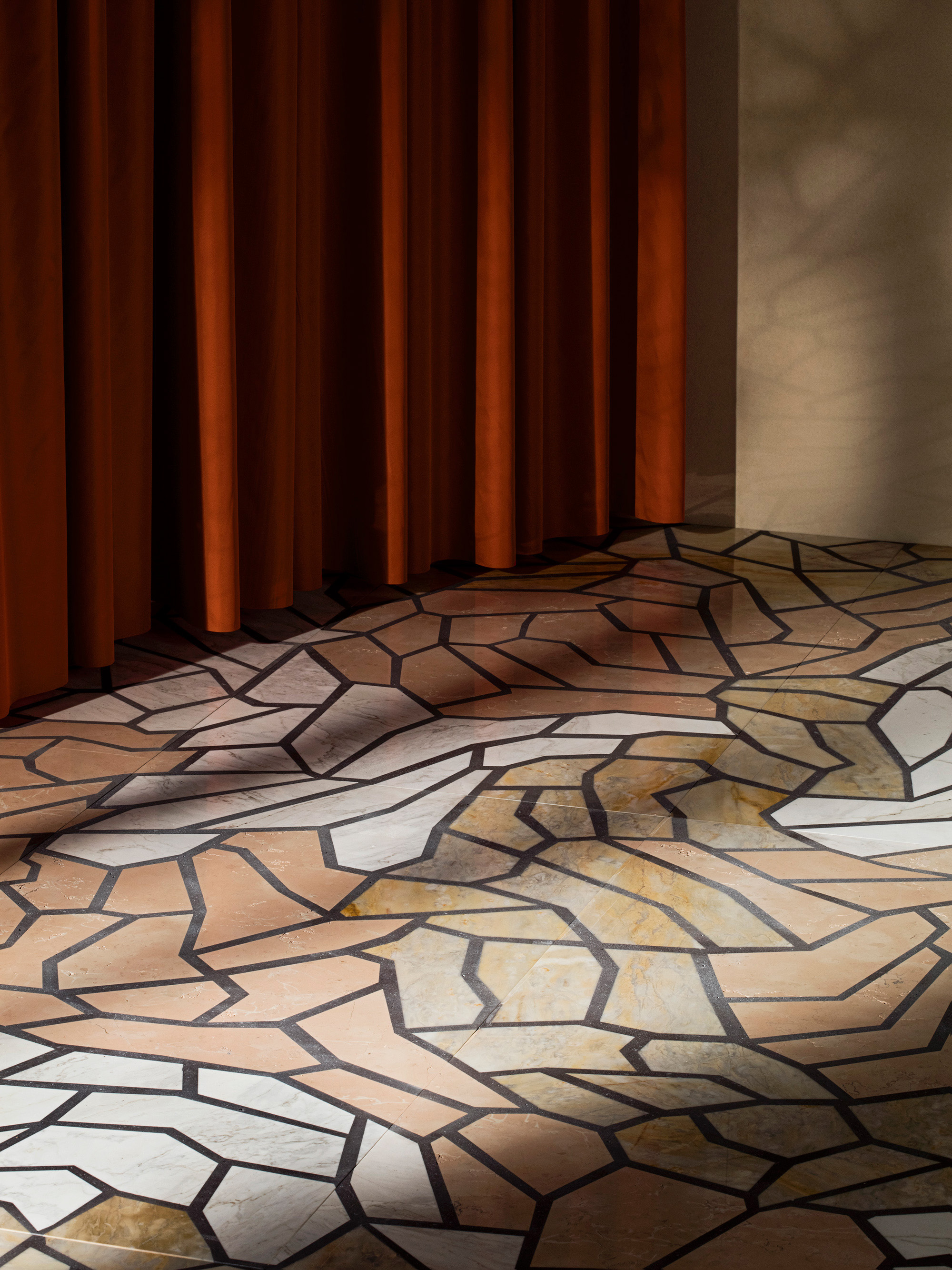
We collaborated with Zanellato/Bortotto in different occasions during the Venice Design Biennial in 2018, like WallpaperSTORE* pop-up store, where they showcased Marea, metal pieces of furniture they designed for De Castelli (a collection of metal panels that show the effect of “Acqua alta” on Venetian walls); and Storie, a set of ceramic wall coverings designed for Cedit, also displayed at the second edition of the Venice Design Biennial.
If you feel more curious about Terrazzo - or you have been inspired by its many transformations - you are always welcome to discover the original floorings here in Venice. They are all still there, with their many patterns, colors, waves and adjustments. Walk on them and see for yourself how they will still be fashionable, even in a couple centuries!
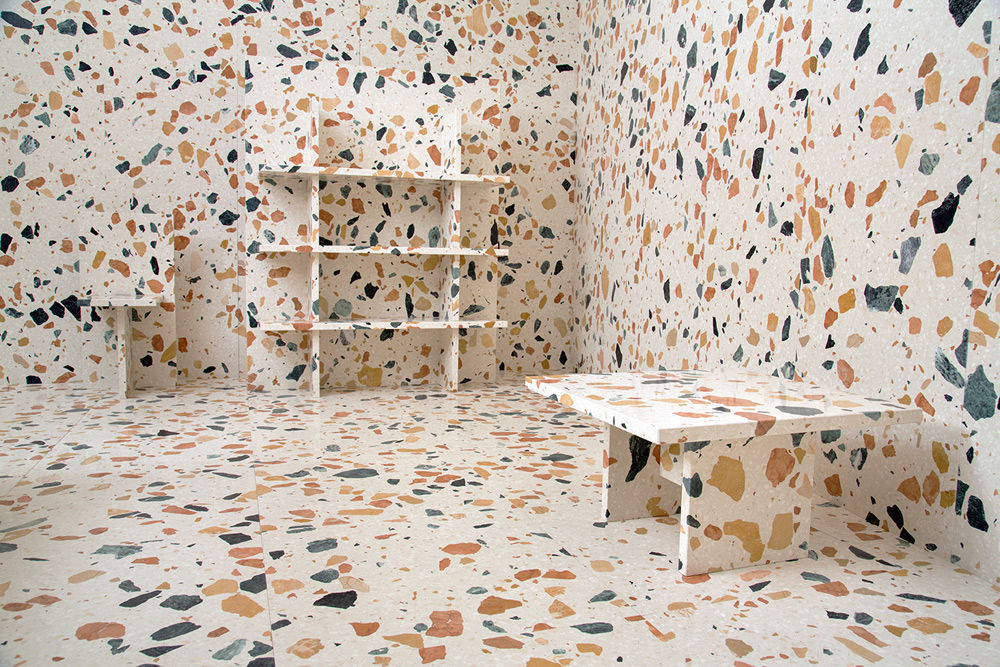
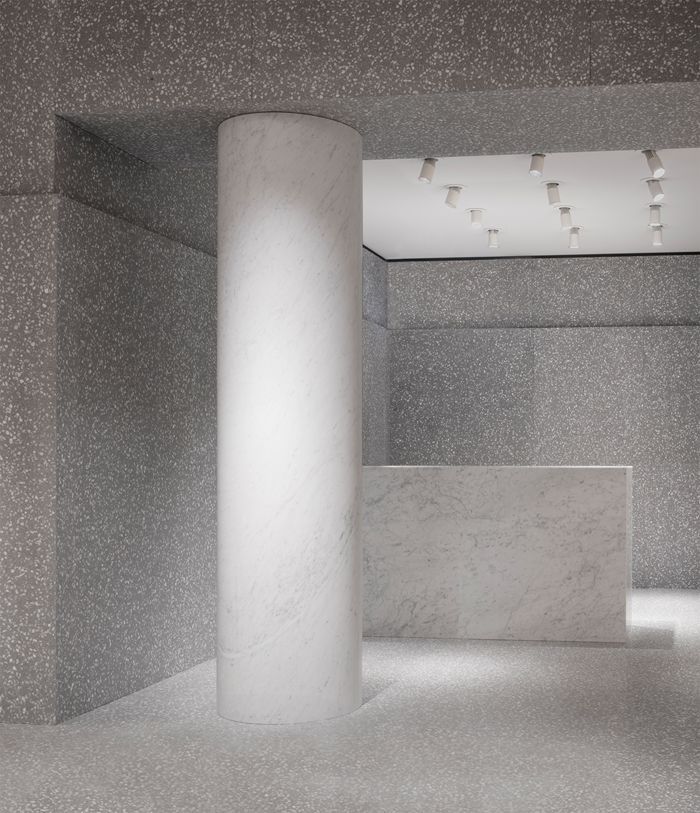
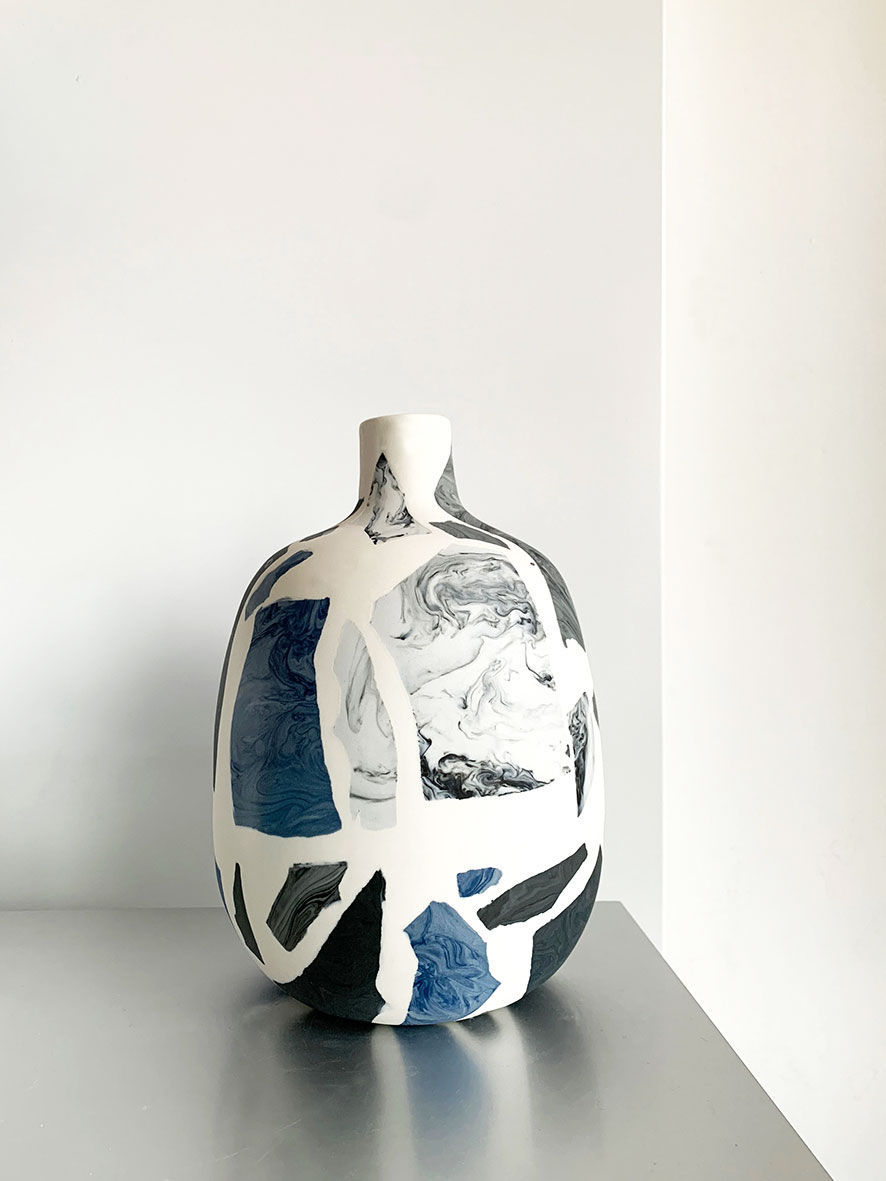
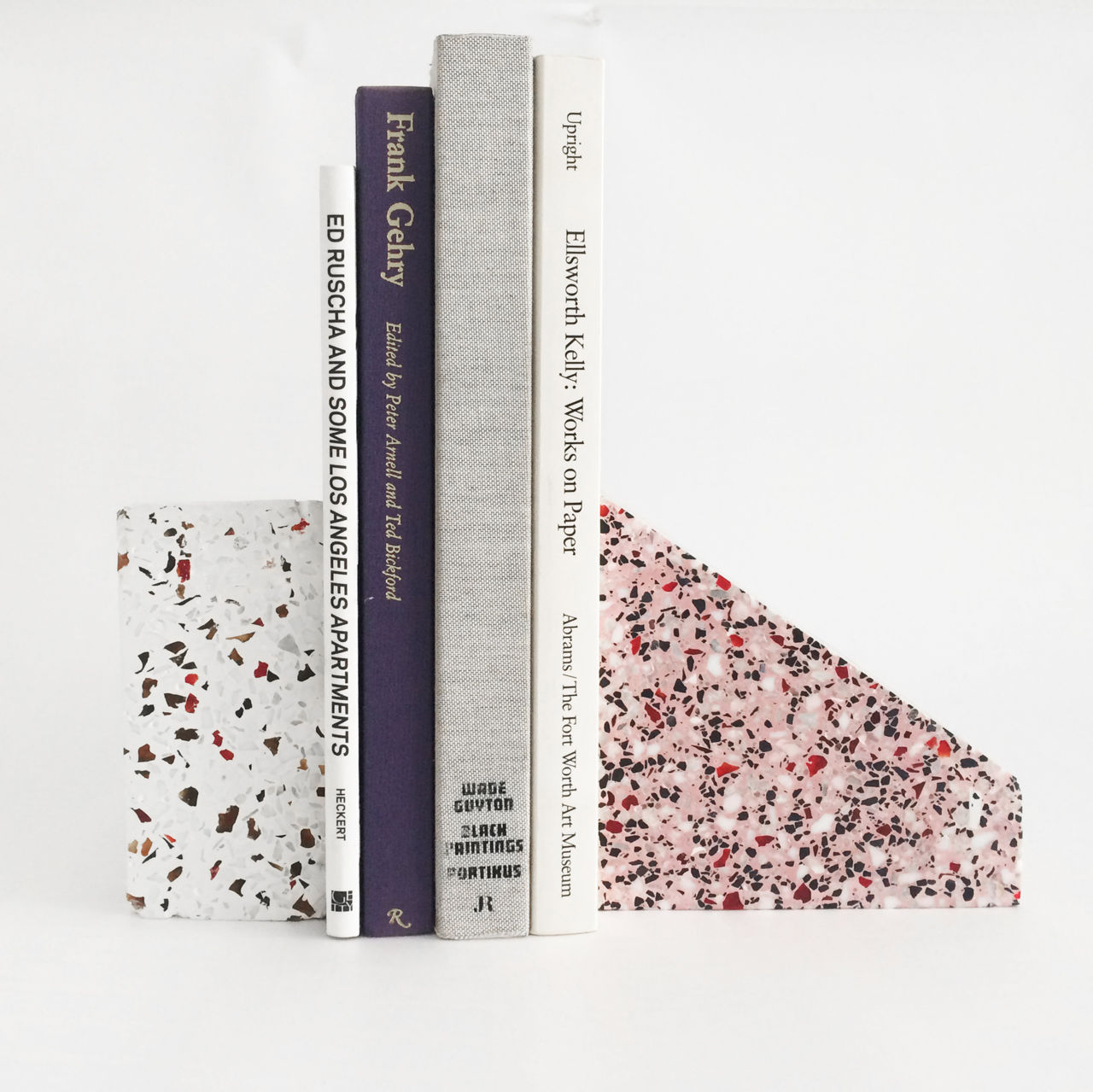
From above: Marmoreal by Max Lamb, ph.Delfino Sisto Legnani; Valentino London Old Bond Street by David Chipperfield Architects, ph. Santi Caleca; Terrazzo vase by Natascha Madeiski, ph. Artists and Objects; PROPS: The Snubnose Wedge by Besler & Sons, ph. Besler & Sons.